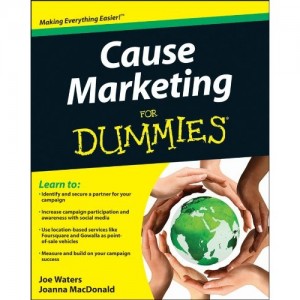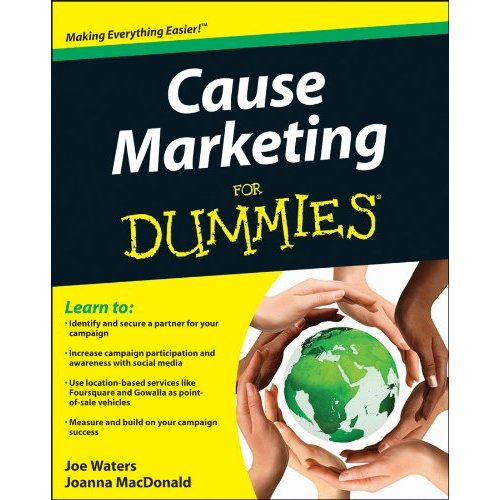
Cause marketing: when your charity teams up with a company so that you raise money and they sell stuff and/or look good.
Questions have been asked, most recently in the The New York Times. There are no rules and the amount of money raised can be questionable.
The New York Attorney General wants to help. The office has issued a five-point guidance document. It’s on the web and as a pdf. Here are the recommendations:
1. Clearly describe the promotion
Prominent disclosures should include: charity name and mission; benefit the charity receives; minimum guaranteed or maximum imposed on donation to charity; consumer action required; and, dates of the campaign.
2. Allow consumers to easily determine donation amount
Do you wonder what “net proceeds” means? Net of what?
3. Be transparent about what is not apparent
Protect your brand so it’s not injured by an unclear campaign. For instance, if the company is making a fixed donation, don’t let promotional materials suggest that buying product makes a difference in how much your charity gets.
Likewise, if there’s a cap to the donation you’re getting, don’t flood stores with more goods than reasonably expected to reach that maximum. (I like that one. How ethical are you when it’s hard for the public to know how ethical you are?)
4. Ensure transparency in social media
If it’s a campaign to get the company likes, followers or +1’s, follow the other recommendations here. Social media campaigns aren’t exceptions to transparency and accuracy.
5. Tell the public how much was raised
Cause marketing is no exception to the public’s demand for impact measures. Tell us how you did.
Care to share your experience with cause marketing? Was the company fair? Did you get what was promised? What feedback did you get from donors? Would you do it again?

That kind of vagueness is part of what this AG guidance is aimed at.
Still don’t understand why so many company promote their campaigns with the promise of “a portion of our profits” will go to charities. This certainly is not in the spirit of the NY attorney general’s guidelines, and this practice should be stopped.